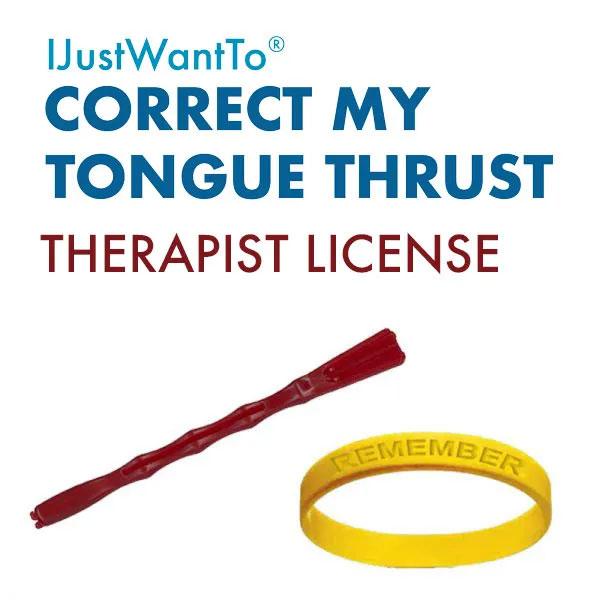Should Your Kids Be Using Sippy Cups?
Babies are born with a sucking instinct that makes it possible for them to nurse. To express milk, they move their tongues in and out. This infantile swallow pattern is typically replaced by a mature swallow pattern that uses the tongue differently by the age of two.
It is at this point you might transition your child to a sippy cup.
When to Use a Sippy Cup
Sippy cups are designed to be used as a transitional help from nursing to drinking from a cup. This transitional period is only supposed to last a month or so.
Unfortunately, for many kids, sippy cups have become the long-term norm, since parents and caregivers see them as a less-messy alternative to drinking from an open cup.
Why Sippy Cups Can Be Problematic
Sippy cups can be convenient drinking tools. However, dependence on them can cause improper tongue placement, leading to a cascade of other issues, including:
- Tooth Decay: Sippy cups and improper tongue placement can lead to dental issues and tooth decay.
- Deficient Hunger Pangs: The use of the sippy cup can create a sense of false satisfaction for children, making them feel like they are not hungry when they should be.
- Speech Issues: When the tongue is improperly placed in the mouth, it can lead to speech issues such as the development of a lisp.
Sippy cups can lead to the development of tongue thrust. “Tongue thrust describes the condition where the tongue, while at rest and/or swallowing, pushes against or comes between your front teeth.” - From the Article Tongue Thrust in Children.
Tongue Thrust Can Cause Additional Issues for Children
If your child develops tongue thrust from over-dependence on a sippy cup, here are some of the ways it can affect their lives:
- Dental Issues: When the tongue rests improperly in a child’s mouth, it can push out their teeth, leading to dental issues and the need for braces.
- Speech Issues: Tongue thrust often leads to the development of speech issues. A lisp occurs when your tongue gets “in the way” while you are talking because your tongue is too far forward. This can be embarrassing for a child during their formative years.
- Mouth Breathing: Tongue thrust can lead to mouth breathing. Children who breathe primarily through their mouths often have chronic sore throats and other issues.
- Snoring: Believe it or not, your child can struggle with snoring if their tongue thrust leads them to begin mouth breathing.
- Fatigue: If your child is sleeping poorly, they could experience chronic fatigue that can ultimately impact their ability to focus in school. Fatigue can affect a child’s diet and exercise as well.
For children who have tongue thrust, is there anything that can be done?
What to Do if Your Child Has Tongue Thrust from a Sippy Cup
We have developed a program that can help correct tongue thrust through exercises that help retrain the tongue to rest properly in the mouth.
IJustWantTo® Correct My Tongue Thrust is a seven-week program that guides you through tongue exercises that are taught in written words and videos.
The creator of this program, Janet Bennett, M.Ed., CCC-SLP, is a licensed Speech Pathologist with a Master's degree in Speech Pathology and over thirty-five years of experience. For the past twenty-five years, she has treated tongue thrust effectively through the methods outlined in this program.
The exercises differ from week to week, but they only take 15-20 minutes twice a day to learn and execute. The majority of these may be done while traveling to work, reading, watching television, or doing chores.
While this program is recommended primarily for children eight and older, some younger kids can complete it effectively. If you want more information about whether our program is right for your child, please reach out to IJustWantTo® Correct My Tongue Thrust.
For parents who want to help correct tongue thrust caused by sippy cups, we are here to help.



